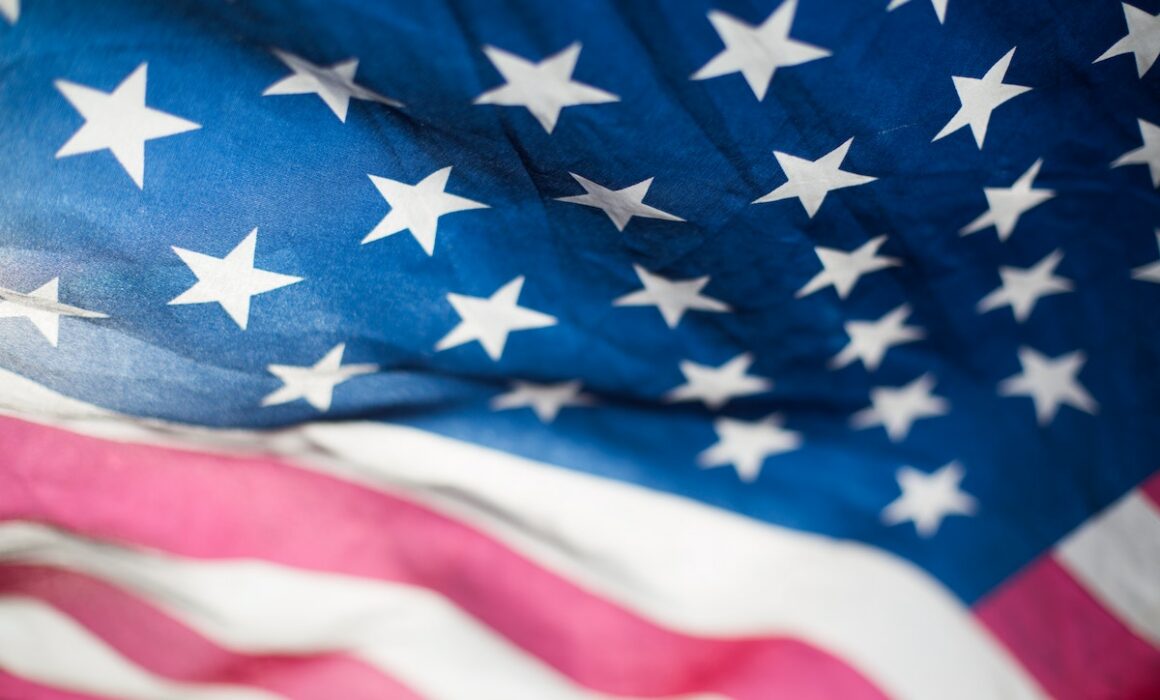We are forever indebted to those who gave all, so that we might be free.
Memorial Day is a federal holiday for remembering people who died in our country’s armed forces. Observed every year on the last Monday of May, Memorial Day is celebrated in lots of ways.
Regardless of how you are celebrating, it’s important to remember those who served our country. Especially those who died for it. As a wounded soldier in the Korean War originally remarked, “All gave some; some gave all.”
As President Reagan said about America on Memorial Day, 1983:
“We owe this freedom of choice and action to those men and women in uniform who have served this nation and its interests in time of need. In particular, we are forever indebted to those who have given their lives that we might be free.”
Origins of Memorial Day
Memorial Day is a day of remembrance for soldiers who died in the service of the US military. It arose originally after the Civil War, which claimed more lives (750,000) than any war in American history. In fact, it was because of the large number of Civil War deaths that the first national cemeteries were established.
By the late 1860s, various communities began holding spring-time tributes to the many fallen soldiers. Citizens recited prayers and decorated the graves with flowers. The first Decoration Day occurred in 1868. On that
first Decoration Day, General (later President) James Garfield spoke to crowd of 5,000 that decorated the graves of the 20,000 Civil War veterans at Arlington National Cemetery. As Garfield said of the Civil War dead, “For love of country, they accepted death.” By the early 20th century, both Southern and Northern states celebrated Decoration Day together.
Decoration Day was originally celebrated on May 30th, a date chosen because it was not the anniversary of any particular battle. In 1968, however, Congress passed a law that established Memorial Day as the last Monday in May, thus creating a three-day weekend.
The Numbers
All told, over 1.35 million American soldiers have died serving our country, about half of them in
combat. In addition to the 750,000 Civil War dead (both sides), we lost 117,000 in World War I and 406,000 in World War II. We lost 37,000 soldiers in the Korean War, and 58,000 in Vietnam. These numbers do not include the over 1.5 million soldiers who have been wounded but lived.
Military combat deaths are not just distant memories, however. Combat veterans walk among us, as do families of recently deceased soldiers.
Since 2006, 15,851 active-duty personnel and mobilized reservists have died while serving in the U.S. armed forces.
Celebrations of Memorial Day
Memorial Day is not only a day of solemn mourning and reflection. It is also a day to celebrate the family, freedoms, and joys that our soldiers helped to preserve. In large and small cities across the country, people will celebrate Memorial Day with parades. High school and college marching bands will march. Floats and cars will carry local officials, honored guests, veterans’ groups, youth groups, and other people and decorations. There will, of course, be picnics and other gatherings of family, neighbors, and friends.
Conclusion
On Memorial Day, we can and should thank those among us who are veterans. We can and should remember those who are no longer here. Thank you to all the veterans who served our country.
And be proud of those who served.






